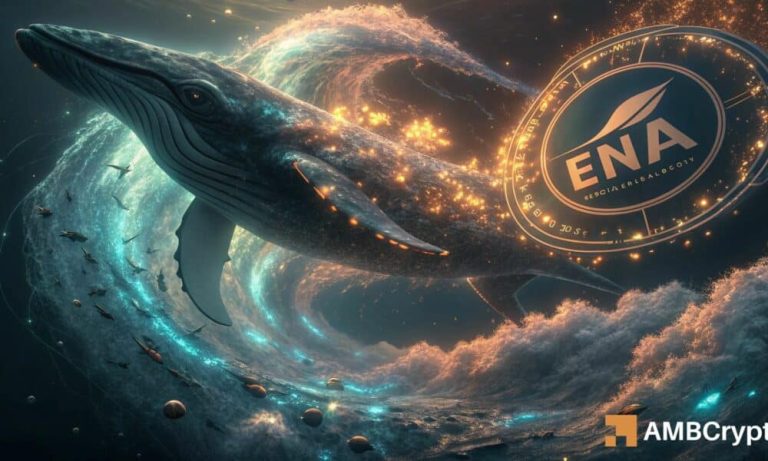
“
Beyond the Milky Way: Imagining New Worlds and Possibilities
Introduction to Space Exploration
Space exploration has long been a topic of fascination for humans. From the early days of astronomy to the current advancements in space travel, our understanding of the universe has undergone significant transformations. The Milky Way, our home galaxy, is just one of the many galaxies that make up the observable universe. As we continue to explore and push the boundaries of space travel, we are forced to imagine new worlds and possibilities that lie beyond our galaxy. For more on this topic, check out Galaxies of Dreams: How Imagination Transcends the Night Sky.
Understanding the Milky Way
The Milky Way is a barred spiral galaxy, consisting of hundreds of billions of stars, gas, and dust. It is estimated to be around 100,000 light-years in diameter and is thought to contain between 200-400 billion stars. The Milky Way is also home to various types of celestial objects, including planets, asteroids, comets, and black holes. Our solar system, which includes Earth, is located in one of the outer spiral arms of the Milky Way. To learn more about the wonders of our galaxy, visit From Stardust to Dreams: Imagining Life Beyond the Stars.
Exploring Beyond the Milky Way
As we explore beyond the Milky Way, we enter the realm of intergalactic space. The nearest galaxy to the Milky Way is the Andromeda Galaxy, which is approximately 2.5 million light-years away. The Andromeda Galaxy is similar in structure to the Milky Way and is thought to contain hundreds of billions of stars. Other notable galaxies include the Triangulum Galaxy and the Large Magellanic Cloud, both of which are visible to the naked eye on a clear night. For insights on the limitless potential of our imagination, check out Soaring Through the Cosmos: The Power of Imagination Beyond the Stars.
Imagining New Worlds
As we explore the universe, we are forced to imagine new worlds and possibilities. The discovery of exoplanets, which are planets that orbit stars outside of our solar system, has opened up new avenues for research and speculation. Some exoplanets are thought to be similar in size and composition to Earth, while others are gas giants or ice giants. The possibility of extraterrestrial life is a topic of ongoing debate and research, with many scientists believing that the discovery of life beyond Earth is inevitable.
Takeaways
- Space exploration has significantly advanced our understanding of the universe.
- The Milky Way is just one of many galaxies that make up the observable universe.
- Exploring beyond the Milky Way opens up new possibilities for discovering new worlds and celestial objects.
- The discovery of exoplanets has raised hopes for finding extraterrestrial life.






